Arkadiusz Kwasigroch
Waste detection in Pomerania: non-profit project for detecting waste in environment
May 12, 2021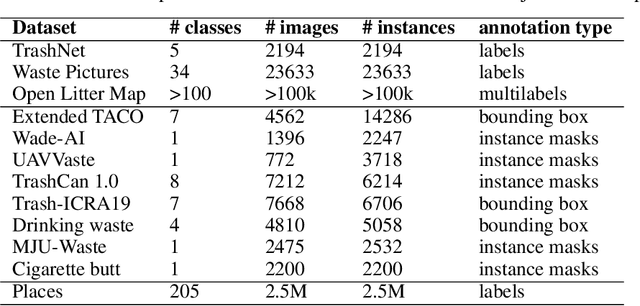
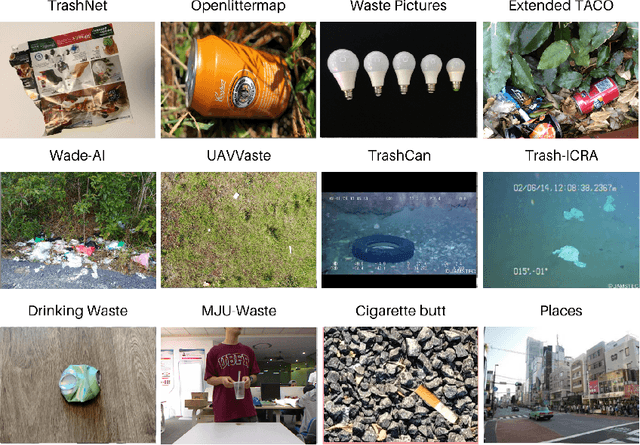
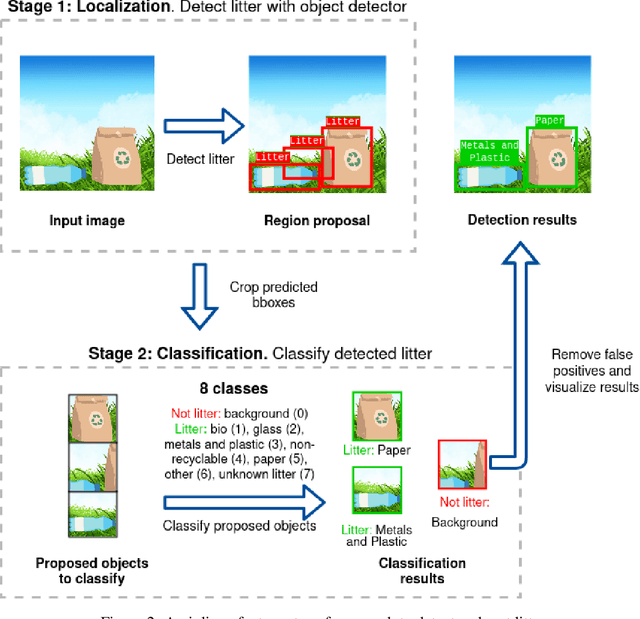

Abstract:Waste pollution is one of the most significant environmental issues in the modern world. The importance of recycling is well known, either for economic or ecological reasons, and the industry demands high efficiency. Our team conducted comprehensive research on Artificial Intelligence usage in waste detection and classification to fight the world's waste pollution problem. As a result an open-source framework that enables the detection and classification of litter was developed. The final pipeline consists of two neural networks: one that detects litter and a second responsible for litter classification. Waste is classified into seven categories: bio, glass, metal and plastic, non-recyclable, other, paper and unknown. Our approach achieves up to 70% of average precision in waste detection and around 75% of classification accuracy on the test dataset. The code used in the studies is publicly available online.
Global explanations for discovering bias in data
May 05, 2020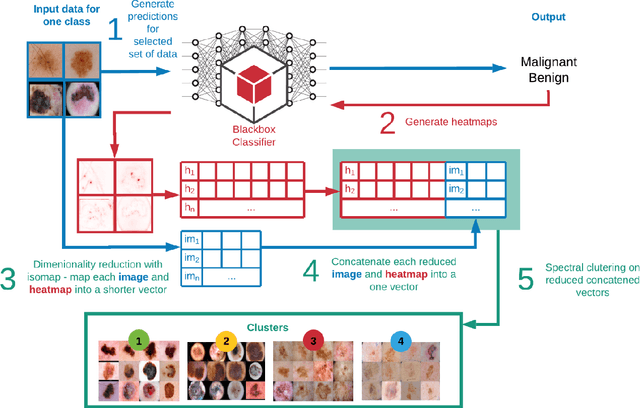
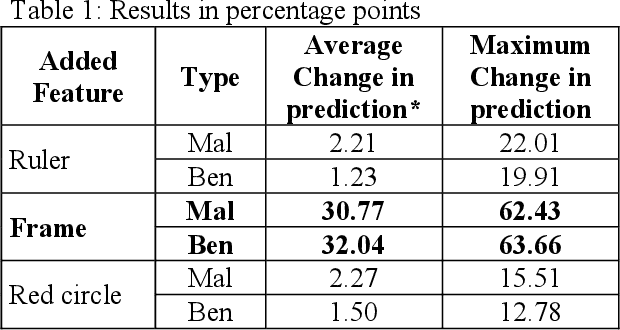
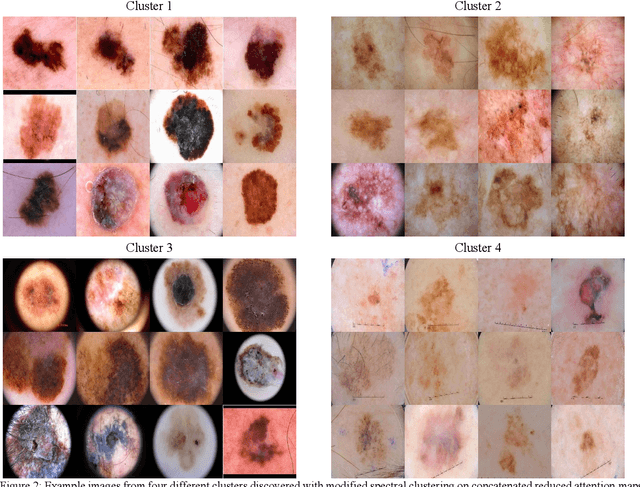
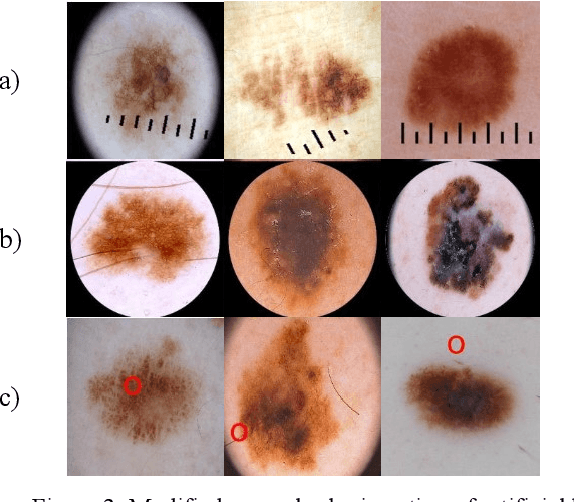
Abstract:In the paper, we propose attention-based summarized post-hoc explanations for detection and identification of bias in data. We propose a global explanation and introduce a step-by-step framework on how to detect and test bias. Then, the bias is evaluated with a proposed counterfactual approach to bias insertion. Because removing the unwanted bias is often a complicated and tremendous task, we automatically insert it, instead. We validate our results on the example of the skin lesion dataset. Using the method, we successfully identified and confirmed part of the possible bias-causing artifacts in dermoscopy images. We confirmed that the commonplace black frames in the training dataset images have a strong influence on the Convolutional Neural Network's prediction. After artificially adding a black frame to all images, around 22% of them changed the prediction from benign to malignant. We have shown that bias detection is an important step of making more robust models, and we discuss how to improve them
 Add to Chrome
Add to Chrome Add to Firefox
Add to Firefox Add to Edge
Add to Edge